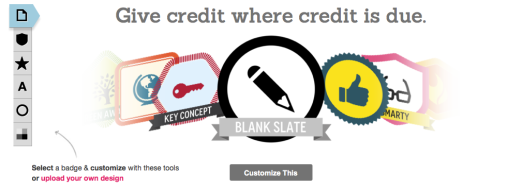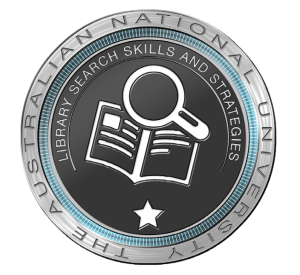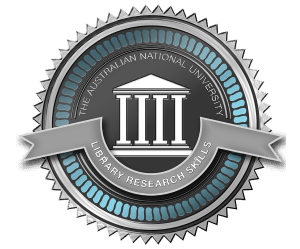Now that the official part of the Insignia project has wrapped up, we thought it would be a good time for an update on how our badges pilot project went. Looking back on the past year, it’s been an interesting ride for our project team. Here are some of our results and lessons learned:
The process for implementing badges was more complex than we could have anticipated.
As we mentioned in the paper we presented at the ascilite conference, our greatest challenge was that our institution’s policy for trialling new technologies was too onerous and time-consuming for small, short-term pilot programs. In most cases, small pilots of new technologies are forced to go “underground” and trial things without official support (which doesn’t benefit the larger university community). The need for a robust and stable learning management system is not under dispute, but there needs to be some mechanism to help foster limited trials without having to change the entire enterprise system.
We found significant interest in badges around the ACT, Australia, and the higher education sector more broadly.
Wow! So many institutions and colleagues are genuinely excited about the potential for digital badges in their areas. Most of the fellow badgers we met were investigating badges for co-curricular or supplementary purposes (rather than including badges as part of the core curriculum) or as part of a “gamified” experience of a degree program. We were also contact by students who were keen to set up their own badging system to credentialise participation in student-run programs. And all this within only the limited scope of this project! It would be fantastic to see ongoing discussions of inter-operable and widely sharable badges moving between these institutions in the future.
As a new and still immature technology, the students who received the badges were not quite sure what they represented or how to utilise them.
After receiving badges through the Insignia project, several students commented that they were unsure what the value of the badge was, or how to use it. This was likely amplified by the use of a third-party service. In our survey one student commented: ” I probably won’t sign up for this badge because I’ve no idea what Credly is nor of its formal relationship with the ANU.” This is a fair point! Our analysis of the badge take-up confirms this: only 17% of the students eligible for the badges chose to receive one.
Without the reputation of the university behind it, badges lose a lot of their value (see more on this below). The network economy of badges, as it were, is still too immature. Comprehensive education is needed around the concept of badges in order to ensure that students understand what the badges are for, and also how to display them appropriately for employers and others to view them.
To have a truly effective badging system, you must have an associated portfolio or backpack system to display them.
Being able to display your badges in a coherent, curated way is also key to their usefulness. Without an official portfolio or backpack space, endorsed and supported by the university, the badges were shared on places like Facebook and Twitter. While these social media spaces might be partially used for academic purposes, they are not primarily a portfolio or professional space. An ANU-branded portfolio would legitimise any badges shared within it.
Institutional reputation and credibility are key to badges holding value to students and employers.
Badges are semiotically dense: they need to communicate an extraordinary amount of information in a small, pixelated image. We discused this in the previous post on badge design: it matters a great deal who gave a credential, and this needed to be represented in how it looks as a future employer needs to be able to tell who granted it from a glance. Many of our focus group participants had concerns about the perceived lack of trust in digital credentials, and an “official” looking badge might be one way to address this. For intellectual property reasons the ANU crest could not be included in the badge design, but future badges should likely follow the ANU brand visuals more closely in order to carry the reputational credibility.
Stay posted to the blog for future updates on how badges can be used for libraries, and for our final white paper on implementing digital badges in higher education.




